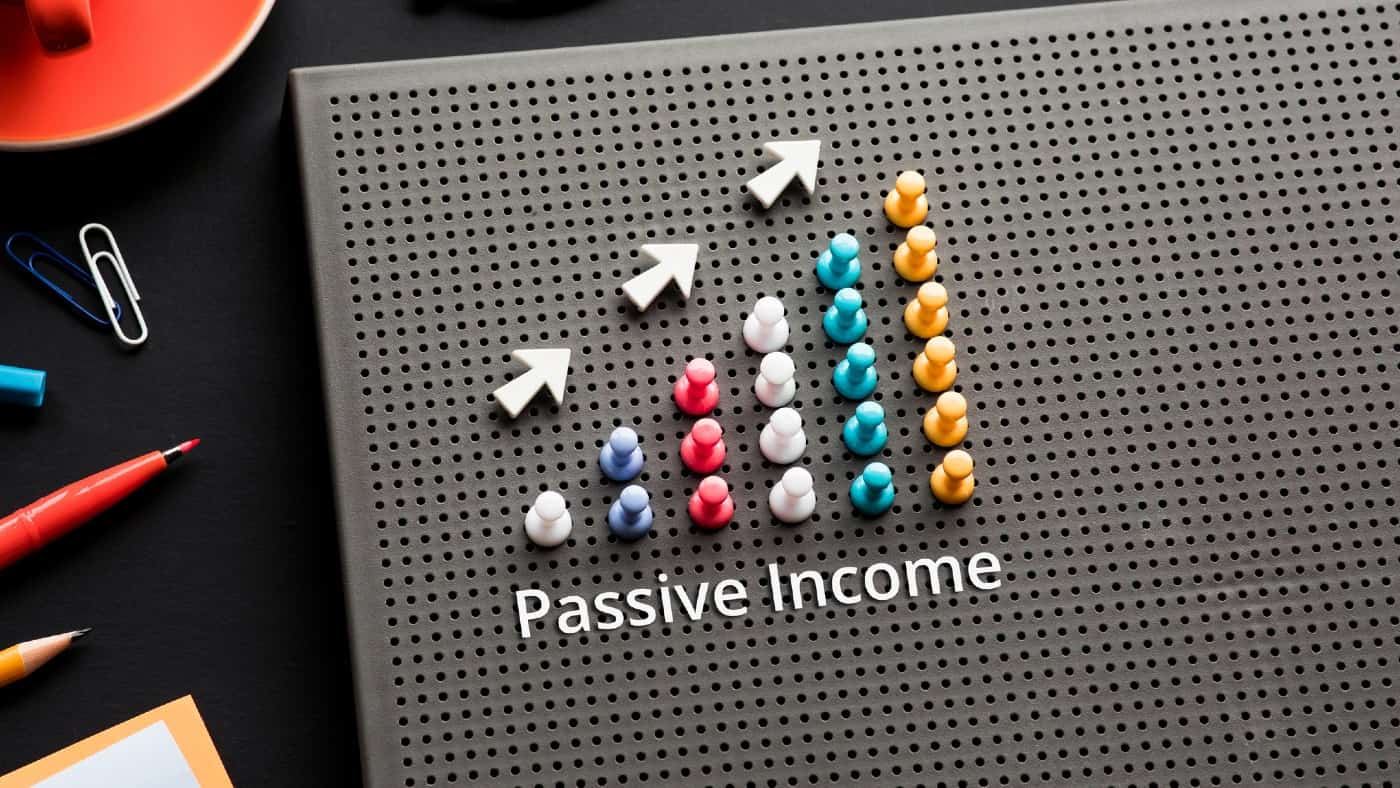Legendary investor Warren Buffett summed up the core of the passive income investment idea. He said: “If you don’t find a way to make money while you sleep, you will work until you die.”
Surprisingly to many, investing relatively small sums can generate a sizeable passive income over time. These are likely to grow even more if an investor starts early and persists over the long term.
My long-preferred way of making passive income is to buy high-quality shares that pay me high dividends. I use the dividends paid to me by a stock to buy more of it – known as ‘stock dividend compounding’.
Should you invest £1,000 in Airtel Africa right now?
When investing expert Mark Rogers has a stock tip, it can pay to listen. After all, the flagship Motley Fool Share Advisor newsletter he has run for nearly a decade has provided thousands of paying members with top stock recommendations from the UK and US markets. And right now, Mark thinks there are 6 standout stocks that investors should consider buying. Want to see if Airtel Africa made the list?
This means the size of my investments grows, paying me more and more in dividends over time.
Choosing shares for a high-yield portfolio
I focus on highly-regulated high-yielding shares to begin with. I do not want one of my investments unexpectedly imploding, after all. This means I tend to invest only in FTSE 100 stocks, although I consider FTSE 250 shares occasionally.
I then look for companies that are undervalued, in my view, compared to their peers. There is no point in generating big dividend payments if they are wiped out by share price losses.
And finally, I look at the core strength of a business to determine if it is on a sustainable uptrend. This review includes short-term and long-term asset and liability ratios, new business initiatives, and senior management capabilities, among others.
FTSE 100-listed Phoenix Group Holdings (yielding 10.7%) and M&G (9.4%) are two of my favourites based on these criteria. FTSE 250-listed abrdn (yielding 8.9%) is another. The three stocks’ average yield is 9.7%.
How much should be invested?
As for the question of how much should be invested, the short answer is whatever can be afforded without too much sacrifice.
The current average UK salary is £26,736 after tax and other deductions, which gives me a target. And an often-used method for managing personal finances is the ‘50/30/20’ rule. This splits the distribution of personal income into expenditure across three categories.
‘Needs’ (including groceries and housing costs) should account for 50% of income spent. ‘Wants’ (including restaurant meals and holidays) should comprise 30%, and ‘Savings’ (including investments) should see 20% earmarked for it.
So, the ‘Savings’ part of the UK average salary equals £445.60 a month. If I were starting to save now, I would slightly reduce the ‘Wants’ bit and round it up to £500.
If I did this for just one year, I would have a starting investment pot of £6,000.
The dividend-compounding miracle
£6,000 invested today at an average yield of 9.7% would produce a total investment pot of £67,155 after 25 years. It would pay a yield of £6,184 a year – or £515 a month.
This is provided that the yield was the same over the period, which it may not be. The unexpected is always a risk when investing in shares and dividends can fall (or be completely axed), as well as rising.
It also includes no further monthly investments.
However, if I did continue to invest £500 a month, the same-sized pot would be reached after six years. After the full 25 years, the total pot would be £702,721, yielding £5,317 a month!








